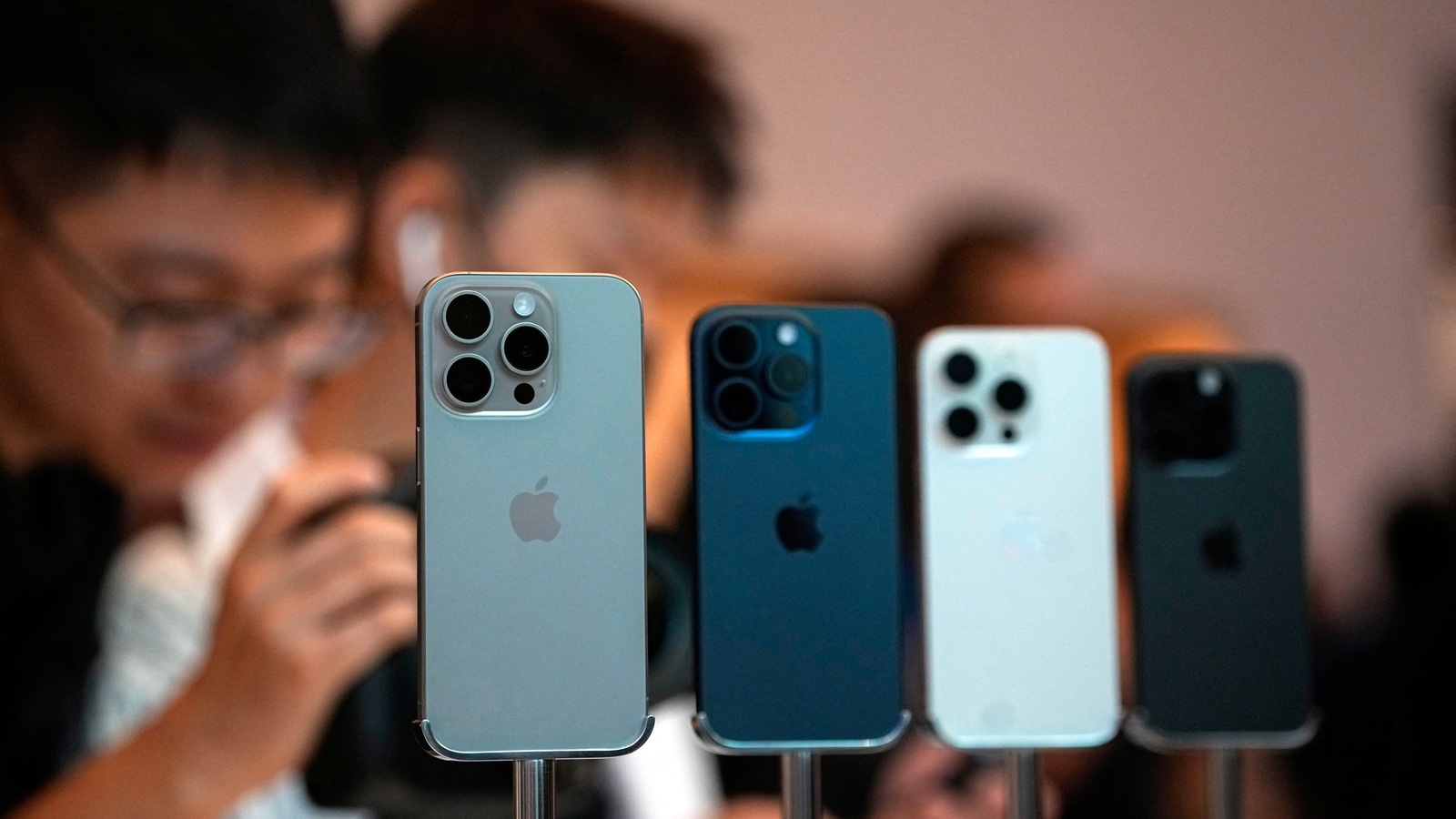You are using an out of date browser. It may not display this or other websites correctly.
You should upgrade or use an alternative browser.
You should upgrade or use an alternative browser.
BRN Discussion Ongoing
- Thread starter TechGirl
- Start date
Smoothsailing
Regular
BrilliantAnd this...
"This approach promises real-time processing capabilities, even in the absence of internet connectivity, heralding a new era of seamless user experiences".
EXTRACT
View attachment 59868

Apple iPhone 16 Pro may get enhanced on-device AI capabilities with new A18 Pro chip
The Apple iPhone 16 Pro may revolutionize on-device AI with the A18 Pro chip. Analyst insights hint at game-changing enhancements, stirring anticipation among tech enthusiasts.tech.hindustantimes.com
I can imagine he's been getting nothing but trash messages every day because of the shareprice or something like "when lambo?" or "when moon?" and he's just fed up with dealing with it... My thumbs up to him.
Pom down under
Top 20
Maybe gone onto newer pastures.
SharesForBrekky
Regular
Here we go, I came across this:Maybe gone onto newer pastures.
"About Rob Telson
Rob Telson is a Sales and Channel Leadership. GTM and Business Development. Global and Regional Experience at Wavious based in San Diego, California.
Previously, Rob was a Vice President, Ecosystem & Partnerships at BrainChip."
Not sure how valid this source is, but sad to see him leave Brainchip if this is the case
Quiltman
Regular
I remember seeing this a while ago

if you are working with Apple on a project ... you would be paranoid , if not driven to the "Edge of Apple Insanity " aka Edge AI - to ensure no information leaks. Particularly with such an active "sleuth" shareholder base.
Just saying ... not beyond the realms of possibility.
if you are working with Apple on a project ... you would be paranoid , if not driven to the "Edge of Apple Insanity " aka Edge AI - to ensure no information leaks. Particularly with such an active "sleuth" shareholder base.
Just saying ... not beyond the realms of possibility.
Rskiff
Regular
Says it is out of business https://pitchbook.com/profiles/company/169888-60#overviewHere we go, I came across this:
"About Rob Telson
Rob Telson is a Sales and Channel Leadership. GTM and Business Development. Global and Regional Experience at Wavious based in San Diego, California.
Previously, Rob was a Vice President, Ecosystem & Partnerships at BrainChip."
Not sure how valid this source is, but sad to see him leave Brainchip if this is the case
SharesForBrekky
Regular
Yeah, quite odd. Doesn't look they have a website anymore as well.Says it is out of business https://pitchbook.com/profiles/company/169888-60#overview
Sorry if I've led everyone up the garden path, but just came across it and thought it was worth sharing.
Smoothsailing
Regular
Wavious address is a financial buildingYeah, quite odd. Doesn't look they have a website anymore as well.
Sorry if I've led everyone up the garden path, but just came across it and thought it was worth sharing.
Attachments
ndefries
Regular
what a company, they have a few of our other execs also... i'm sure there is a logical explanation.Wavious address is a financial building
The Pope
Regular
Interesting what this Wavious actually does if Rob is working for them now.Here we go, I came across this:
"About Rob Telson
Rob Telson is a Sales and Channel Leadership. GTM and Business Development. Global and Regional Experience at Wavious based in San Diego, California.
Previously, Rob was a Vice President, Ecosystem & Partnerships at BrainChip."
Not sure how valid this source is, but sad to see him leave Brainchip if this is the case
Attachments

NVIDIA Blackwell and Automotive Industry Innovators Dazzle at NVIDIA GTC
The latest advancements in automotive technology were on display last week at the NVIDIA GTC global AI conference.
nvda.ws
AARONASX
Holding onto what I've got
what a company, they have a few of our other execs also... i'm sure there is a logical explanation.
View attachment 59874
Maybe Brainchip has purchased the companies tech for future use?!
Here is the old website: https://web.archive.org/web/20220523225155/https://wavious.com/
Wavious LLC
Wavious Chiplet Platform has a feature rich catalog of mix and match plug and play chiplets targeting solutions for compute and AI/ML. - Wavious LLC
edit added https://www.eenewseurope.com/en/power-chiplet-boosts-high-performance-system-in-package-designs/
"power management chiplet for next generation AI systems"
Last edited:
Smoothsailing
Regular
That would be fantastic leveraging an existing chiplets company with the intent to upgrade to neuromorphic compute on these chiplets.
Last edited:
What if Rob was the whole time T&J from HC???what if he created a imaginary AI company and all this was a scam? What if it was a social project to find out how far people in a forum would go to praise a company even it’s not existing
(sarcasm off…just in case)
#fiberoptics #technology #datacenter #nvidia #innovation #management | Advanced Photonics Coalition | 13 comments
Why Optical Compute won't matter by M. Ashkan Seyedi of NVIDIA at the Optica Executive Forum today in San Diego, Ca #fiberoptics #technology #datacenter #nvidia #innovation #management | 13 comments on LinkedIn
I agree ... very Von Newman.
#fiberoptics #technology #datacenter #nvidia #innovation #management | Advanced Photonics Coalition | 13 comments
Why Optical Compute won't matter by M. Ashkan Seyedi of NVIDIA at the Optica Executive Forum today in San Diego, Ca #fiberoptics #technology #datacenter #nvidia #innovation #management | 13 comments on LinkedInwww.linkedin.com
View attachment 59886
Esq.
Similar threads
- Replies
- 0
- Views
- 4K
- Replies
- 8
- Views
- 5K
- Replies
- 0
- Views
- 3K


